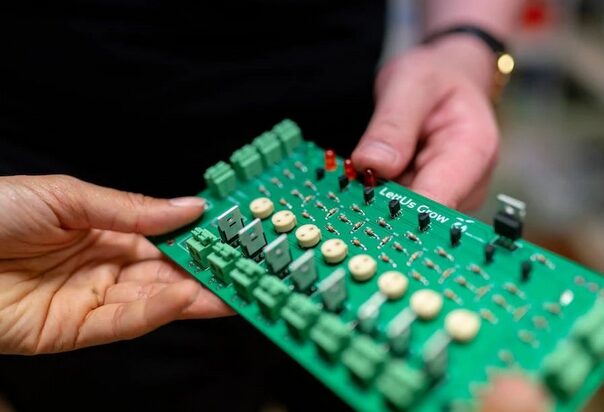For a long time, communication between microcontrollers (MCUs) has been a learning challenge for many electronic engineers. Since different MCUs may use different voltage levels, many beginners are curious about how these MCUs can communicate. Let’s take a look!

Generally speaking, communication between MCUs relies on digital signals, where the voltage level of the digital signal determines the meaning of the signal. For example:
0V may represent a logical “0”, while 5V may represent a logical “1”. However, if one MCU uses 3.3V logic and another uses 5V logic, direct communication will lead to signal conflicts and data errors.
Therefore, to achieve communication between MCUs with different voltage levels, a conversion mechanism is needed to ensure signal consistency.
1. Voltage Regulator
The simplest method is to use a voltage regulator to adjust the output voltage of one MCU to the receiving voltage range of another MCU. For example:
If one MCU uses 5V logic while another uses 3.3V logic, a voltage regulator can be used to adjust the 5V signal to 3.3V. This method is simple and cost-effective, but it may affect signal integrity, especially in high-speed communication.
2. Dedicated IC
There are some dedicated integrated circuits (ICs) available for communication between MCUs with different voltage levels. These ICs have built-in voltage adjustment and signal conversion functions. By using these ICs, you can simplify the design and improve signal stability and reliability, although costs and complexity are relatively increased.
3. Protocol Conversion
If the communication between MCUs is based on communication protocols such as SPI, I2C, or UART, then communication between MCUs with different voltage levels can be achieved by using appropriate protocol converters at the sending and receiving ends. The advantage of this method is that it abstracts the differences in communication protocols, making different voltage levels no longer a problem. However, the downside is that it requires a deep understanding of various communication protocols and the ability to load additional software and firmware onto the MCUs.
This article is an original piece from Fan Yi Education. Please credit the source when reprinting!